When you're planning a trip to Vietnam - a stunning destination known for its breathtaking landscapes, vibrant cities, and rich culture - there are a lot of things to think about. But one thing many travelers often overlook is the power plug and voltage situation. If you're coming from the U.S. or Europe, you might be surprised to find that the electric plugs and sockets in Vietnam can be quite different from what you're used to.
In this guide, you'll learn exactly what to expect when it comes to power plugs, sockets, and voltage in Vietnam. I'll break down what you need to know, so you can charge your devices with ease.
1. What type of power plugs and electric sockets are in Vietnam?
When you arrive in Vietnam, you'll quickly notice that the power plugs and sockets might be different from what you're used to. Understanding these differences is key to ensuring your devices work properly while you're there.
In Vietnam, the most common types of power plugs and sockets are Type A, Type C, and Type F. While Type B and Type D plugs are also used in Vietnam, they are less common and may not fit all sockets.
Type A: This plug has two flat parallel pins and is commonly found not only in Vietnam but also in North and Central America. It’s typically used for low-power devices like clocks, lamps and phone chargers.
Type C: This is a two-round-pin plug, widely used across many parts of Asia and Europe. It’s commonly used for devices like computers and televisions, as the socket is designed to handle the voltage range of 220-240V, which is the standard in Vietnam. If you’re bringing devices like these, you’re likely to find that Type C will fit the sockets with no issues.
Type F: This plug has two round pins with two earth clips on the side. It’s commonly found in many European countries like Germany, Austria, the Netherlands, and Spain, and is widely used in Vietnam. Type F can be used for higher-power devices like televisions, computers, and large appliances.
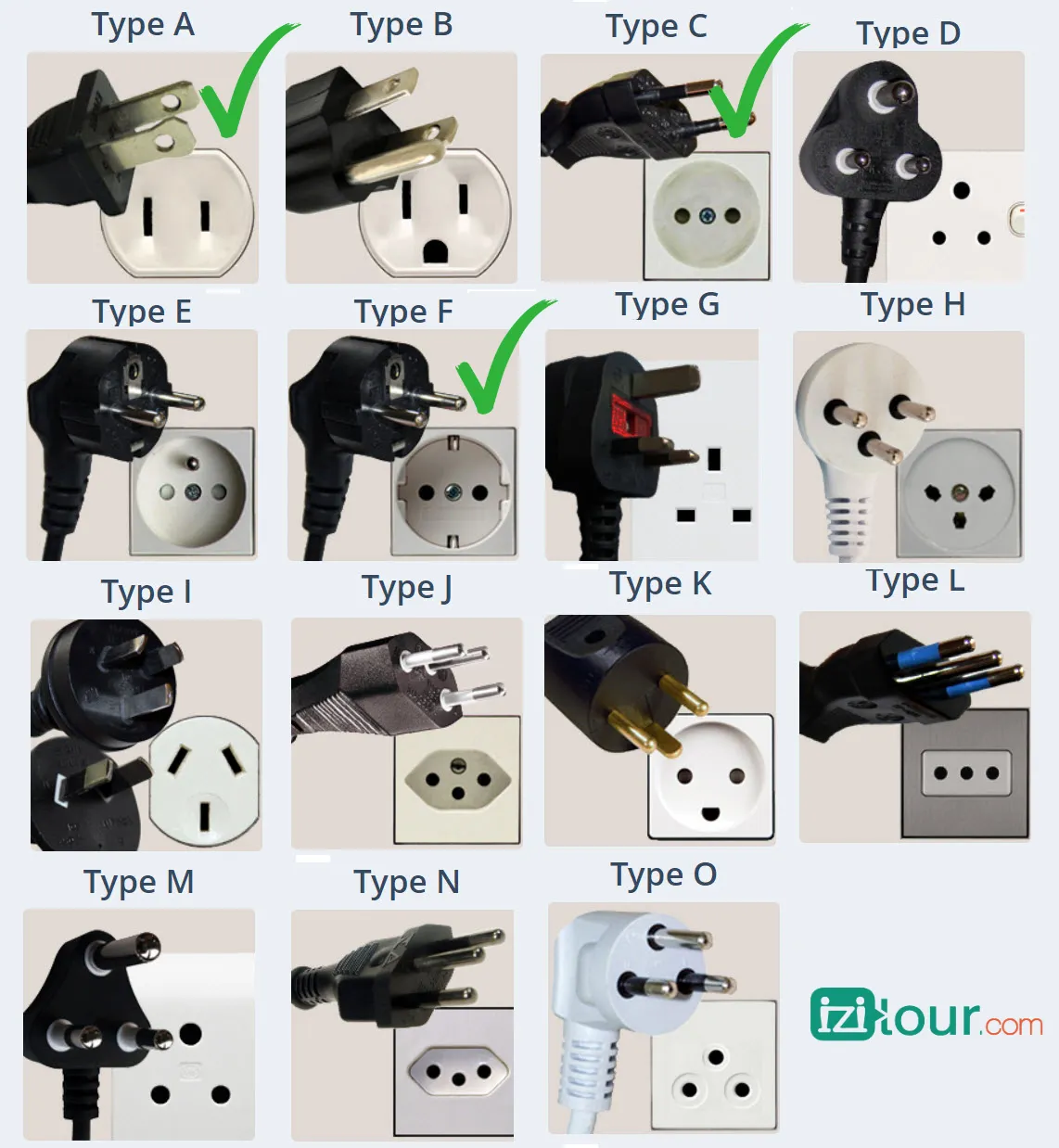
Visual guide to Vietnamese Plugs: type A, C and F
Most outlets in Vietnam can accommodate either Type A or Type C plugs, and Type F is also popular. In urban cities, a universal socket type with three flat and round pins is becoming more popular. This socket is designed to accommodate multiple plug types, making it even easier for international travelers to plug in their devices.
However, it’s still a good idea to carry an adapter if you're unsure whether your plug will fit, especially if you're using another uncommon type.
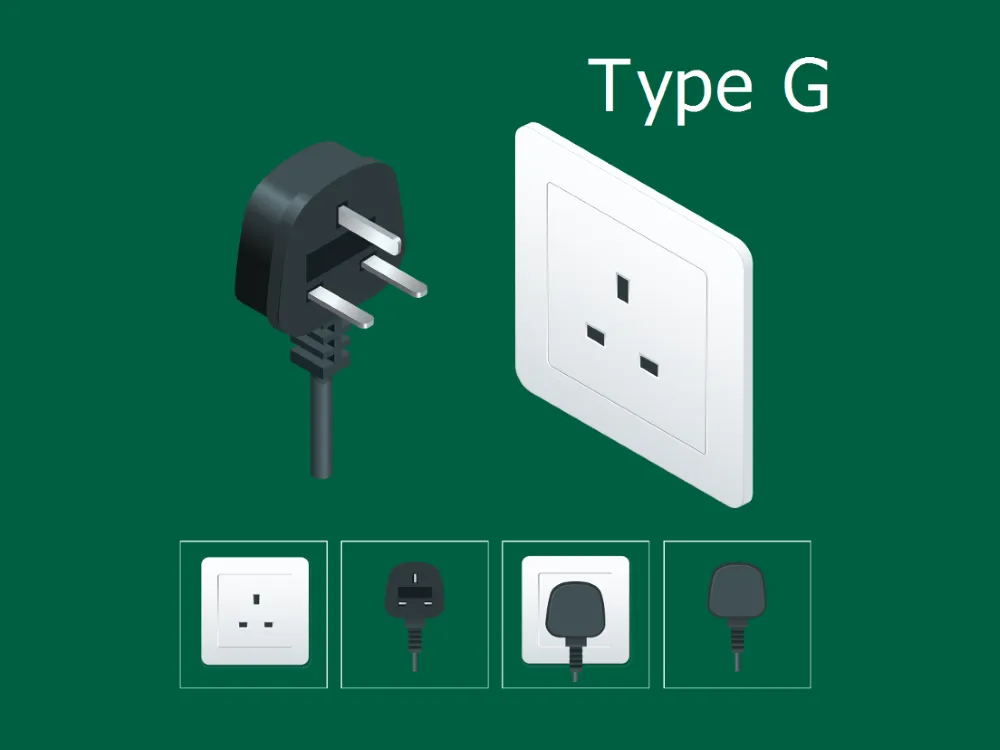
In Vietnam, power plugs are different from the UK's Type G plug, which has three rectangular pins.
2. Voltage and frequency in Vietnam
In addition to understanding the plug types, it’s important to know the voltage and frequency of the electrical system. Vietnam operates on a voltage of 220V with a frequency of 50Hz, which is the standard for most countries in Asia and Europe.
What does this mean for you?
If your devices are designed to work on a voltage range of 110V-120V (common in countries like the U.S.), you’ll need to be cautious. Plugging a device that only supports a lower voltage (like a U.S.-standard appliance) into a 220V socket without a voltage converter can result in damage to the device.
For example, a phone charger might be able to handle the higher voltage without issues, but larger devices like hairdryers, irons, or kitchen appliances could be destroyed if they’re not compatible with 220V.
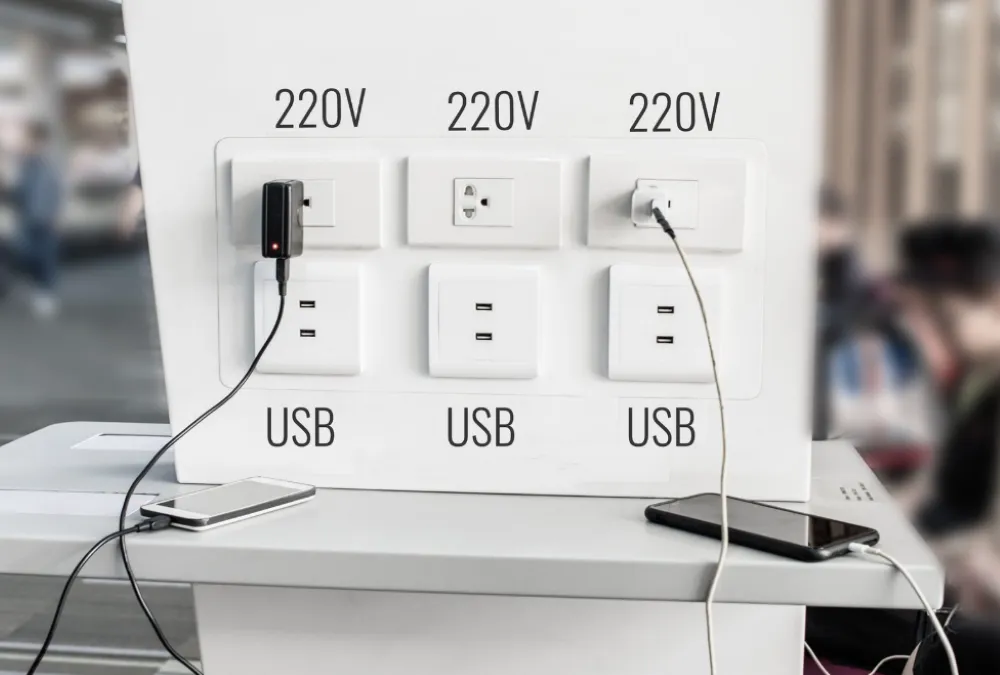
Charging ports at airports, on planes, or in cars are usually USB.
Checking your device’s voltage rating
Most electronic devices, such as laptops, phones, and chargers, are marked with a voltage rating. Check the label on your device or charger. You may see something like:
100-240V – This means the device can handle voltages from 100V to 240V, so you won’t need a converter.
110V only – This means the device only works on 110V, so you’ll need a voltage converter for it to work in Vietnam.
Why the frequency matters
The 50Hz frequency in Vietnam is common in many countries outside of the U.S. (which uses 60Hz). For most small electronics like phones and laptops, the frequency won’t make much of a difference. However, if you’re planning to use large appliances like refrigerators, mixers, or power tools, which are brought from your countries, you should double-check that they can handle the 50Hz frequency to ensure they run smoothly.
Do you need a power adapter or voltage converter?
When preparing for your trip to Vietnam, one of the most important questions is whether you need a power adapter or a voltage converter.
Power adapter
If your device’s plug is not the same as the plugs used in Vietnam (Type A, C, or F), you’ll need a power adapter. An adapter simply allows you to plug your device into a socket with a different shape or configuration.
If you’re traveling with a device like a phone charger or laptop charger, which typically uses low power, you’ll most likely just need an adapter.
Adapters change the shape of the plug to fit the socket. They do not change the voltage or frequency. This means your device still needs to be compatible with Vietnam's 220V electrical system to avoid damage.
Voltage converter
A voltage converter (also known as a voltage transformer) is used to adjust the voltage of your device to match the local system. Since Vietnam uses 220V, a voltage converter is only necessary if your device is rated for 110V (like many high-powered appliances such as hairdryers or irons from countries with lower voltage standards).
Voltage converters transform the electrical output from 220V to 110V, so your 110V device will work without damage. However, converters can be bulky and may not be necessary for most electronics, like phones or laptops, that are rated for 100-240V.
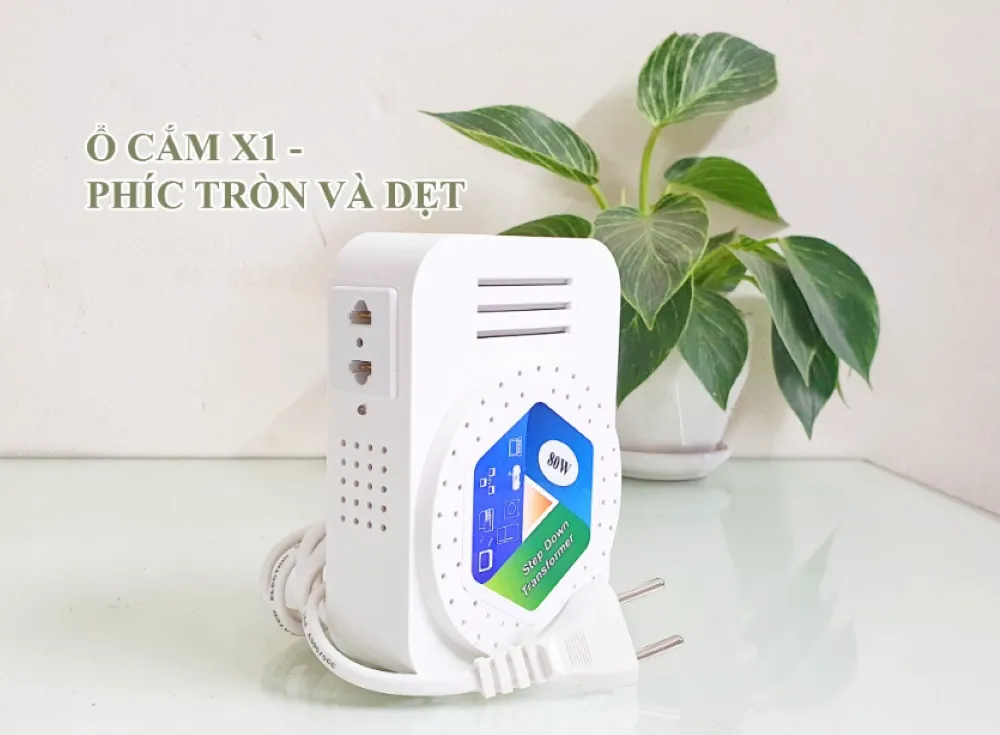
To keep your devices safe, we recommend using a voltage converter if needed.
Can your device handle it?
Many modern electronics (such as phone chargers, laptops, and tablets) are designed with multi-voltage capability (100V-240V), meaning they can be used safely in both low-voltage and high-voltage regions. To check if your device is compatible with Vietnam’s voltage, look for a small label on your device or charger. It might say something like: Input: 100-240V, 50/60Hz. This means you don't need a voltage converter, just an adapter.
3. How if you forget to bring adapters and converters?
If you find that you need a power adapter or voltage converter, you’ll be glad to know that they’re easy to find in Vietnam.
Airports
When you first arrive in Vietnam, you can often find power adapters and converters at duty-free shops or electronic stores located inside major airports like Tan Son Nhat International Airport (Ho Chi Minh City) or Noi Bai International Airport (Hanoi). These stores cater to international travelers and usually carry a range of adapters for various plug types. While convenient, they can be a bit more expensive compared to other options.
Electronic stores
Vietnam has many electronics stores in big cities like Hanoi, Ho Chi Minh City, and Da Nang. These stores always have a wide selection of adapters and converters for different plug types. Popular electronics stores in Vietnam include: The Gioi Di Dong (Mobile World), FPT Shop, Dien May Xanh.
These stores often sell adapters at affordable prices, and you can be sure of getting a quality product.
Price ranges from 2 - 4 USD/ basic adapter and 10 - 50 USD/ basic voltage converter.
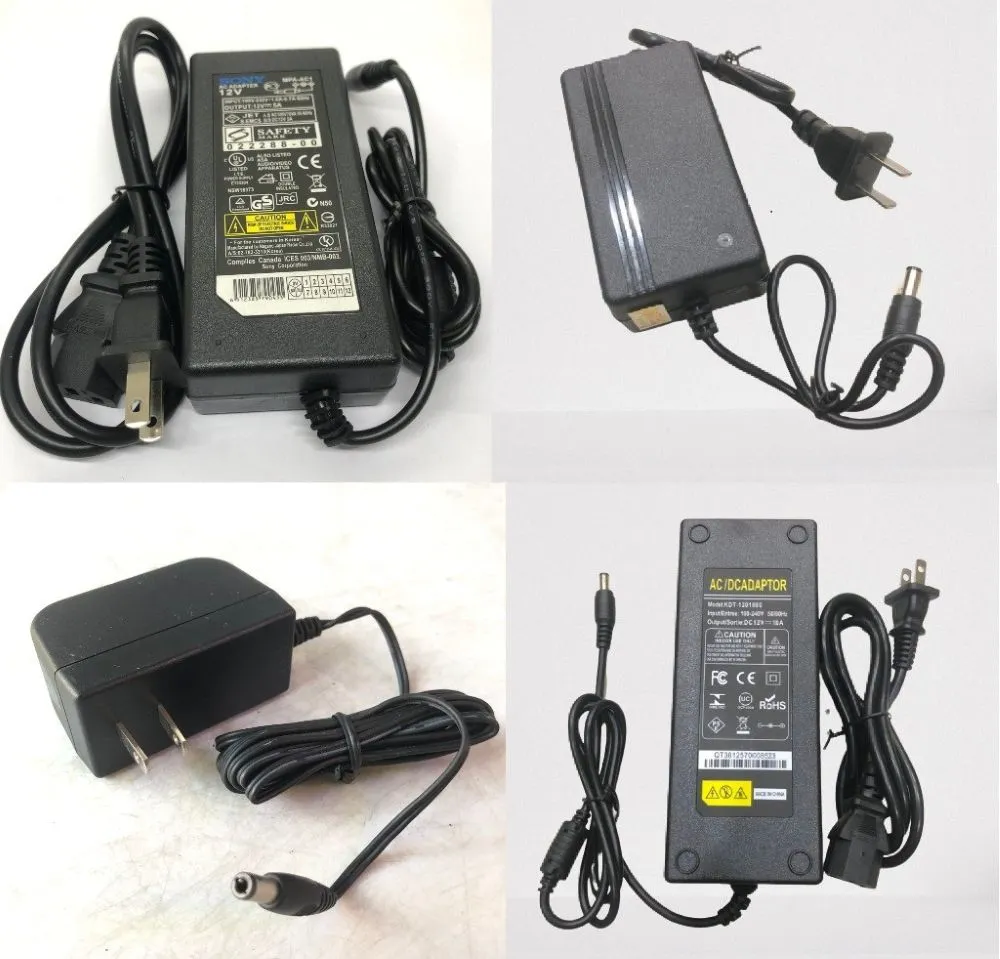
Common adapters in Vietnam
Online shopping
If you prefer to buy in advance or don’t want to hunt for adapters in-store, online marketplaces like Lazada Vietnam and Shopee offer a wide range of power adapters and converters. Delivery can be quick, and you'll have the convenience of having your adapter shipped directly to your accommodation.
Local markets
For a more budget-friendly option, you can check out local markets or street vendors. In major cities, these markets often sell adapters and other travel essentials. While these might be cheaper, the quality can vary, so make sure to inspect the product before buying.
If you forget to bring plugs or adapters to Vietnam or have trouble buying them, your Vietnam travel advisor or your tour guides also can help you.
By understanding the Vietnam's electric plug and socket types, voltage and frequency, you can safely charge your devices and stay connected throughout your trip. We hope this guide has given you some helpful information, so you’re ready to charge your devices without a hitch and make the most of every exciting moment!
Discover Top 10 Best-selling Vietnam Tours
See more:
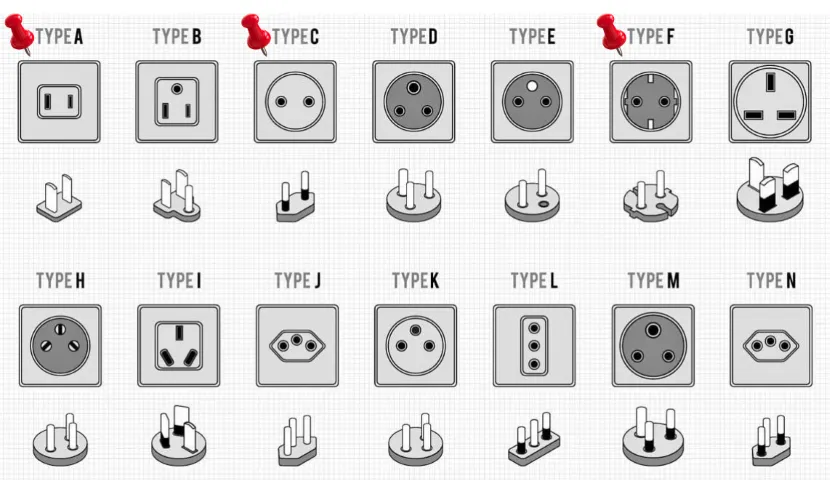









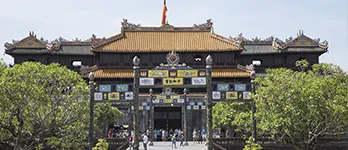


 TRAVELERS' CHOICE 2025
TRAVELERS' CHOICE 2025 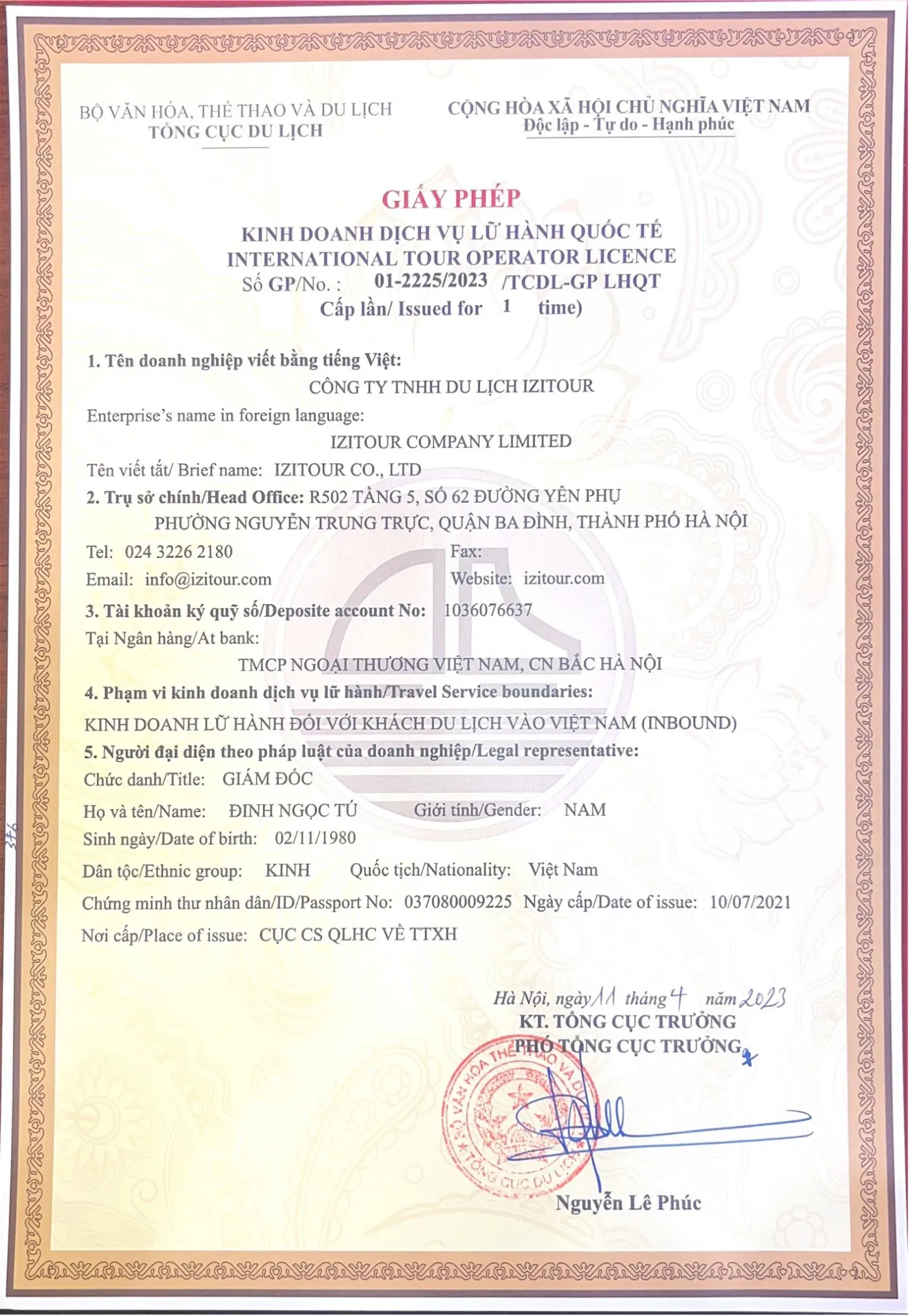



01 Comment
Guam
Thank you izitour for your great information.
Write Reply